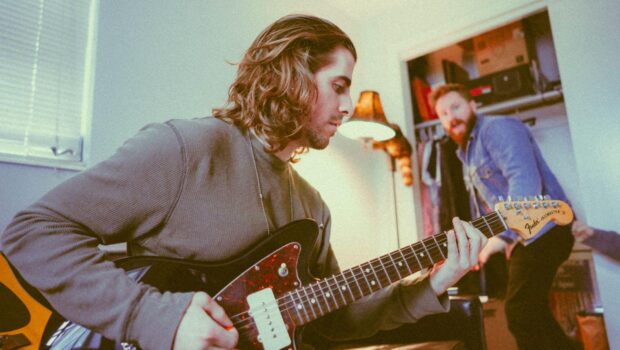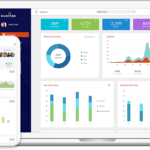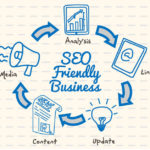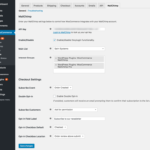How To Promote Your Music: A Beginners Guide
In the 1990s, the computer industry was hit by three major bombs. The first was the browser, which served as our portal to the internet. Then came the technologies for transmitting video and audio via this new channel, such as compressed video and audio. Then, in 1999, the music “sharing” website Napster was founded. From that point forward, the computer served as a single platform for recording, distributing, and consuming music.
Things were only beginning at the time. MySpace debuted in 2003, and within months, millions of users and hundreds of musicians and bands were discovering each other in ways never previously imaginable. As a result of these changes, a whole new music ecology has emerged. In the end, digital sales topped physical sales. Radio has been neglected by podcasts, streaming, and YouTube. Every laptop became a potential recording desk as studios shrank. Video links and digital profiles replaced the artist’s 810 advertising glossies.
It’s easier than ever to get your music out there, and it’s even easier to find an audience in some cases. On the other hand, building a career is still an effort, as it has always been. I studied media studies and then spoke with numerous people about how they use today’s media outlets to communicate. Andy McKee, Daryl Shawn, and Adam Rafferty, solo guitarists; Mandolin Orange, a combo; Vickie Starr of Girlie Action Media, Kaki King’s publicist; and Amanda Cagan of ABC Public Relations, who works with performers ranging from historic stars like Styx to emerging artists.
What exactly is promotion?
Because self-promotion takes time and pushes many of us out of our comfort zones, You’ll be doing a lot of this work yourself if you don’t already have a publicist, management team, or major label contract.
Take a moment to think about how you want to advance in your job. For example, releasing a certain number of songs in the following year, increasing the number of shows you play, partnering with an artist you admire or recruiting 20 new students are all examples. A definite, clear purpose is preferable to a broad one. Instead of attempting to release 10 new songs this year, a better goal would be to release one new song on the 15th of each month at 3:00 p.m.
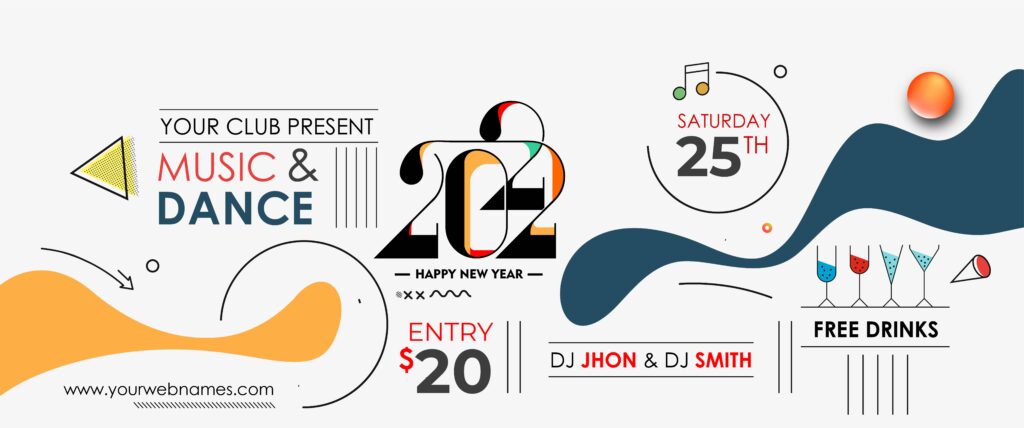
Image by Freepik
Your marketing should aim to do one of three things: increase your visibility, establish your credibility as an artist, and provide you with income, whether it’s a brilliant YouTube video or an event poster on an old-school kiosk. Trust me, going live with your guitar on Instagram and playing a melodious old song with a perfect ambience behind you can trigger better than any other music promotion service.
We’ll go through the most important techniques for raising awareness and credibility, as well as how successful artists use them to create fan relationships and sell tickets at the door.
The mandatory tools
Your website is the first step in any marketing or visibility campaign. Some of the world’s biggest bands avoid them altogether, opting instead for a Facebook page and other forms of social networking. When it’s cold outside, I also know people who refuse to dress warmly. Make sure you’re not one of them. If you don’t have a website, you’re guaranteed to lose a lot of Google traffic.
New and existing fans will appreciate how easy it is to locate tour information, music and videos, courses, merchandising, personal blogs, gear lists, and more on your website. It should also be up to date at all times so that fans can rely on it. You should at least create a simple site on WordPress.com or Wix.com. You may always make changes as you go along, or hire photographers and designers to help you with the visuals.
It uses an algorithm to distribute your content to friends, followers, and others who have a connection to you. It’s no secret that Facebook has been cracking down on the sharing of posts, ostensibly to push businesses to advertise. If your postings aren’t getting enough attention, you can use boosts or advertising to raise their visibility. Because of Facebook’s targeting capabilities, both can be useful. You may buy an ad or boost a post to reach only guitarists over the age of 50 within a 50-mile radius. For each presentation, you may even generate a geo-targeted Facebook post.
The majority of guitarists on Twitter just regurgitate their Instagram or Facebook tweets. However, this isn’t the case with all of them. It’s a high-intensity medium that encourages frequent publishing.
Do it right if you’re going to spend a lot of time on Twitter. Have a memorable photo taken—like it’s a logo—and a succinct bio written, as a portion of it will be displayed on your profile. You should also follow any industry contacts you’re interested in to see what they’re up to. This is quite useful. Retweet content that interests you to increase your following. Use hashtags and follow them to see what others are doing, such as #fingerstyle.
Recently reached a milestone of one billion users. Seventy-five % of its customers are under 35 years old, with 58 % of them being female. If that isn’t your demographic, you might want to put Instagram on hold for the time being. Instagram, on the other hand, is supportive, It’s a pleasant environment compared to Twitter, which as a text medium tends to be academic, critical, and gossipy.
Hashtags are merely useful on other social networking platforms, but they are critical on Instagram. This is how posts are presented to you. Look for hashtags that other musicians use and follow them to discover fresh content and learn what works. You can also strategically swap hashtags. If you’ve been sharing songs with the hashtag #bluesfingerstyle, switching to #travispicking or #deltabluesguitar could help you reach more people.
Cover songs
It’s difficult to cover a song by an artist you adore. You’re almost certainly a fan of the original artist and want to give their song justice. We’ve all seen X-Factor, American Idol, and YouTube renditions that turn a legendary pop song into a dumpster fire, and no one wants to be the one to blame! However, if you do it well, you’ll undoubtedly gain new fans among those who share your feelings about the song.
You can choose any day of the week when you will be live on any social media platform and interact with your followers. You can play a melodious cover song on-demand, or you can share any tips for those who are learning guitar, or share a few “FYI” about guitars, guitar parts or bridges, or a story that would be engaging.
The Audience You’re Chasing
You can’t market effectively unless you have a target demographic in mind. What types of people are most likely to become lovers of your music, and how do you find them? All of this is necessary to guide your strategy and lay the groundwork for your music career.
You don’t necessarily need a product or service to figure this out, but rather an approach or mentality. You should emphasise that you should specialise and establish a community around yourself.
Once you’ve identified your target audience, the next step is to figure out how to reach them. If you’ve got the cash.
Making Music for Free
Making royalty-free music is a great way to get your name out there. It’s difficult to get good music for free, so when someone discovers an artist that outperforms all other free music, they’re likely to return. Whether that individual is an audio editor, a hobbyist producer, or simply If they are frequent listeners of free music, they now recognize your name and will click play if they see it elsewhere. There’s also a potential that your free music will be featured in a major film. Making free music allows you to demonstrate your talent and flair without giving away your original songs, and if your song is good and recognizable, then this could also increase the chances for your song to get on Spotify playlists as well, but for that, make sure your music belongs to a particular genre.
Conclusion
Hopefully, this blog has assisted you in putting the puzzle pieces together and pointing you in the correct direction for promoting your music on a shoestring budget. There’s a lot that goes into marketing, and you won’t be able to focus on everything. You don’t have to finish and put everything in place right away.
Your first objective should be to lay the groundwork for your online presence, which usually means improving your social media accounts. Concentrate on producing content, whether it’s original music, performance videos, cover songs, or TikTok videos. Above all, consider it a pastime and enjoy yourself.
Focus on establishing an audience through your content rather than thinking about monetization. Don’t ignore how you might wish to make money, but don’t become too focused on it.
You should spend a lot of time putting yourself out there and meeting people while doing all of this. Use a community-oriented approach to expand your network while keeping your niche and target audience in mind. This can be done online as well, but I believe it is preferable to do it in person with real people in your city.

